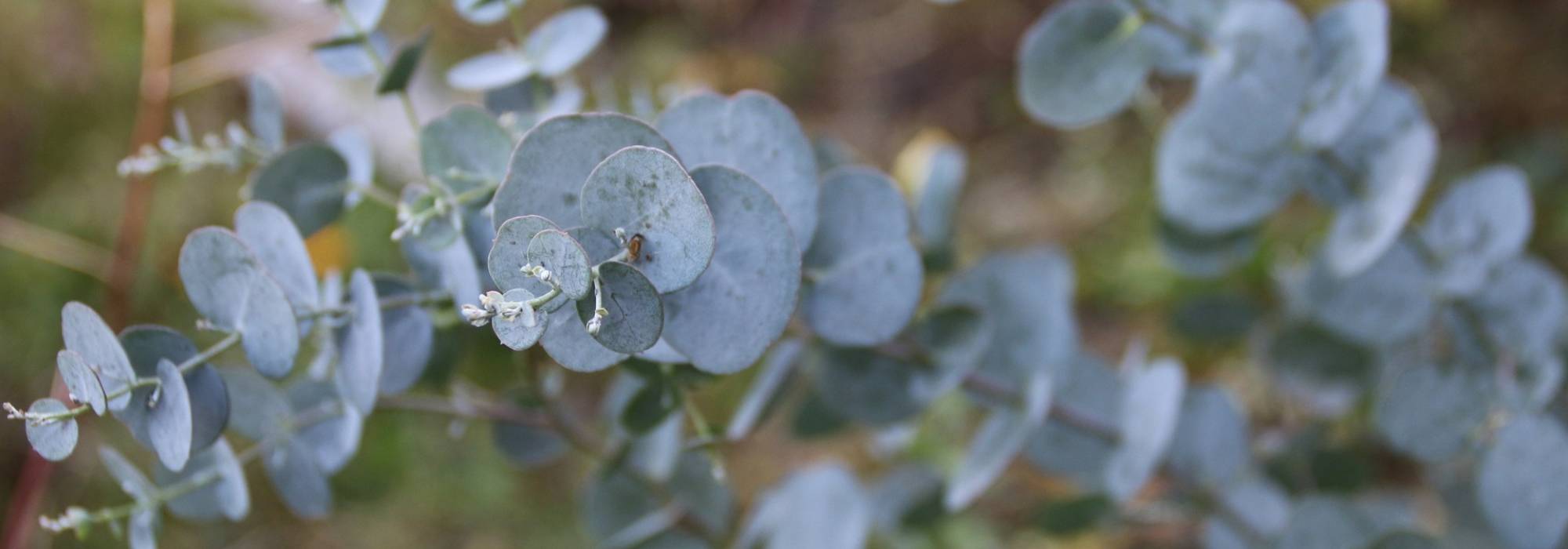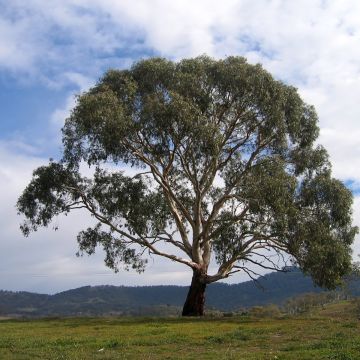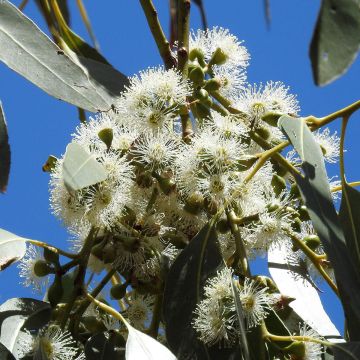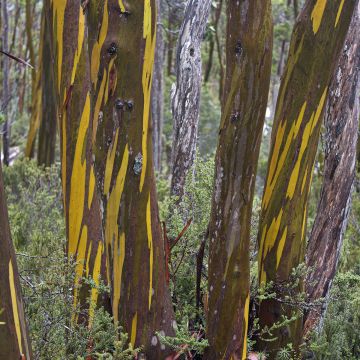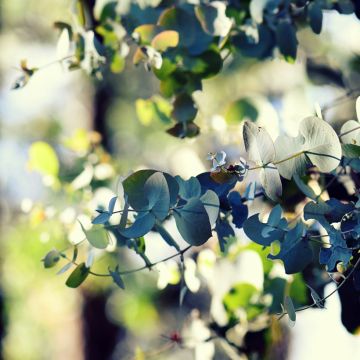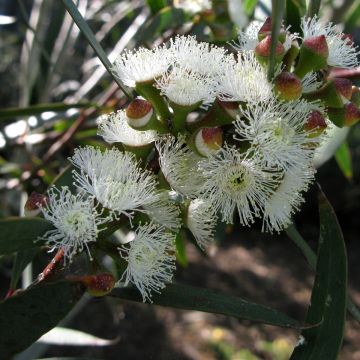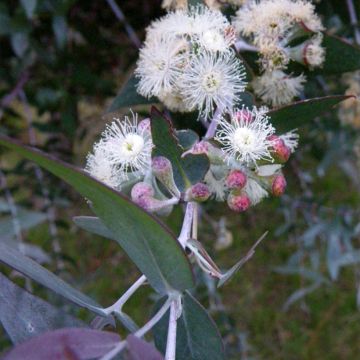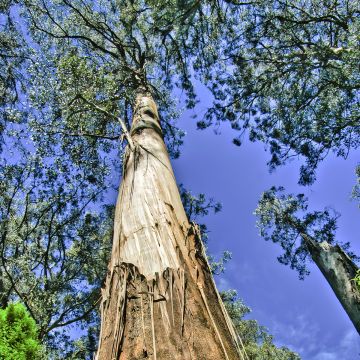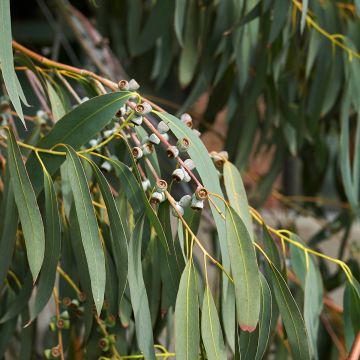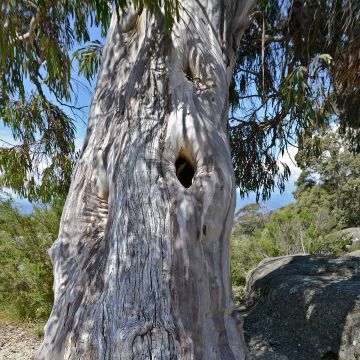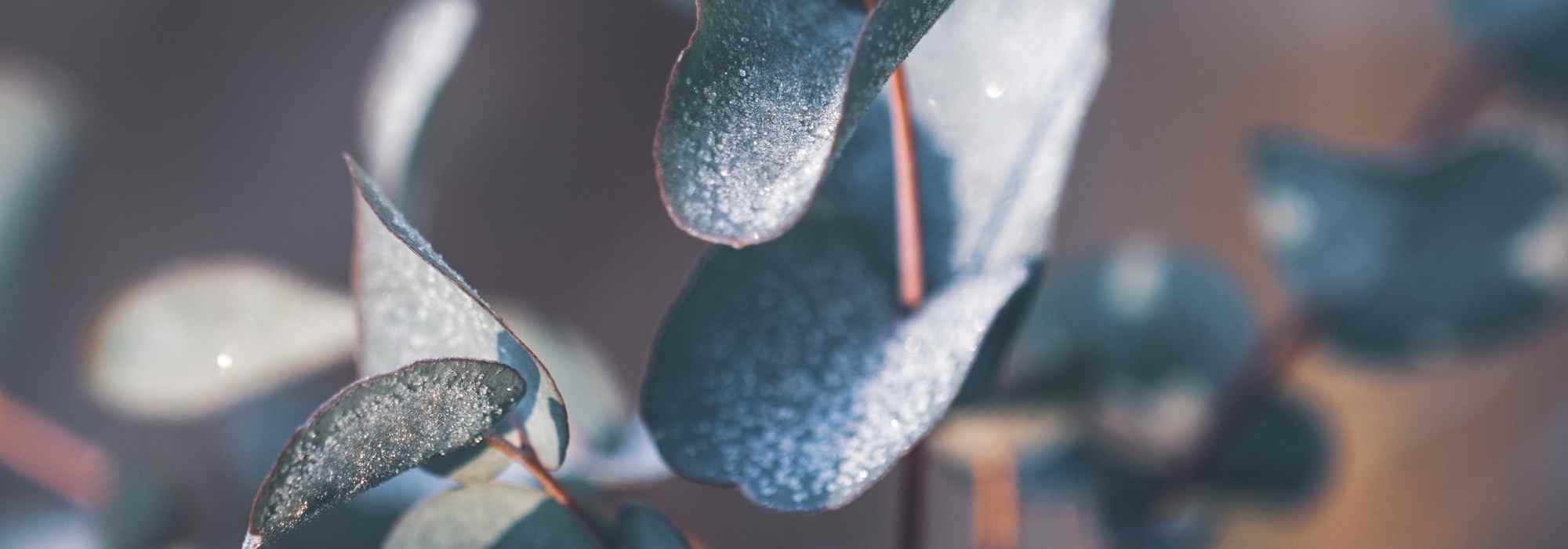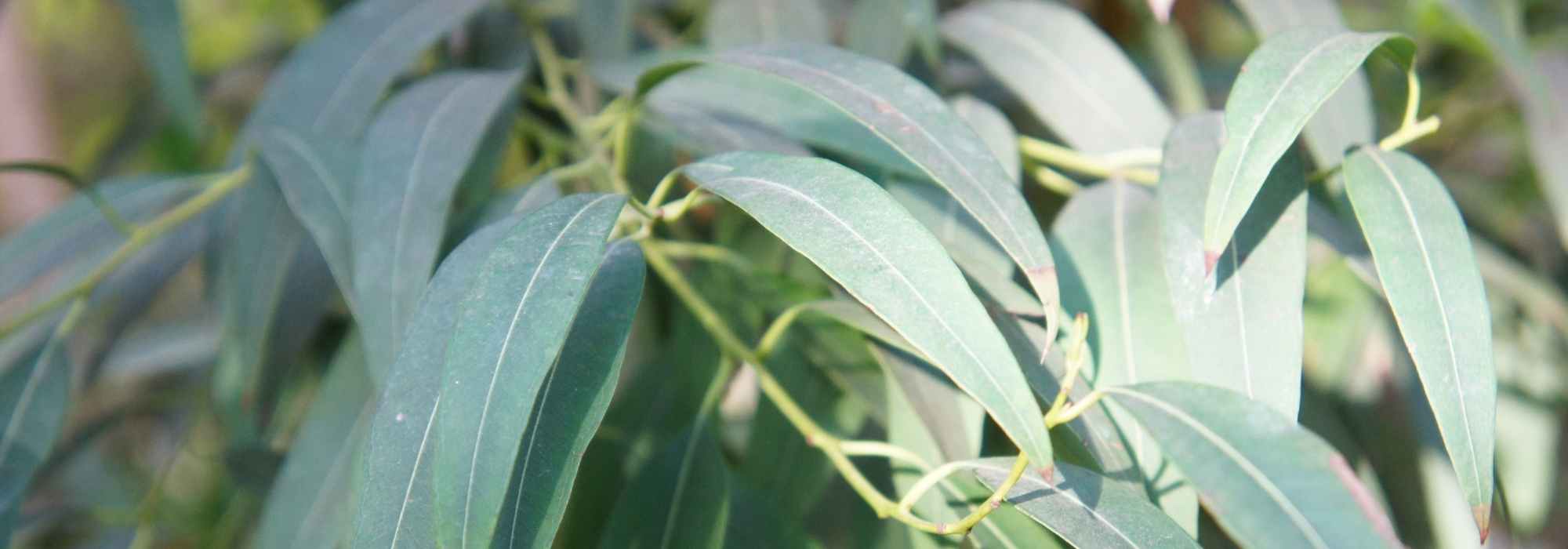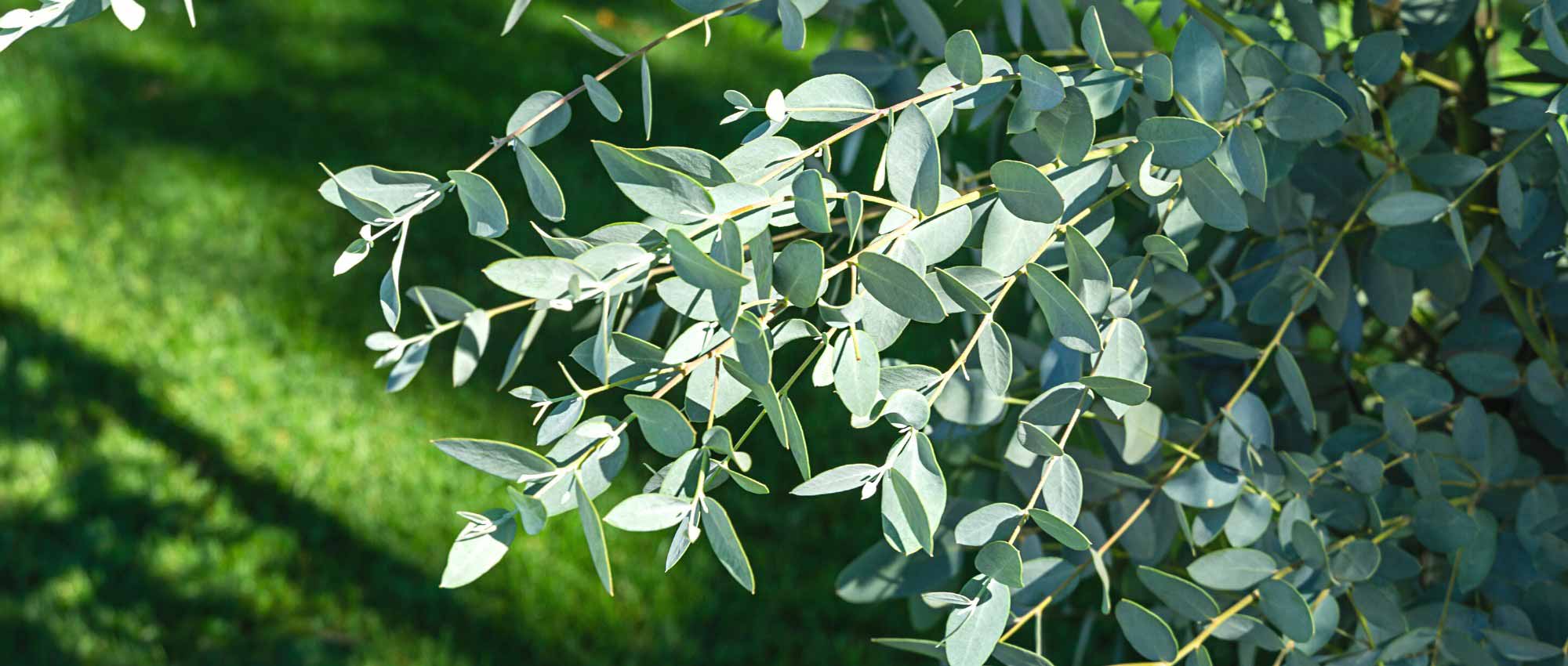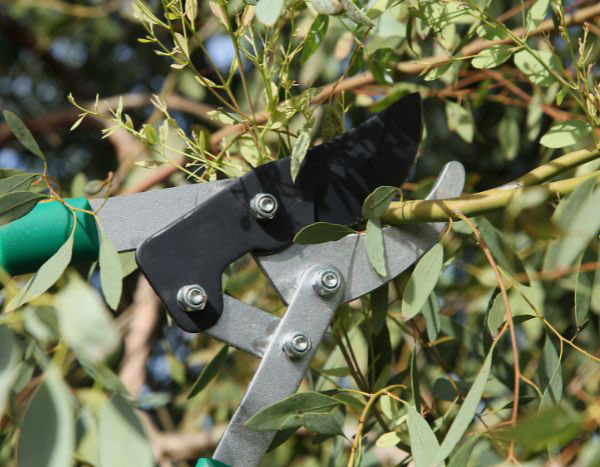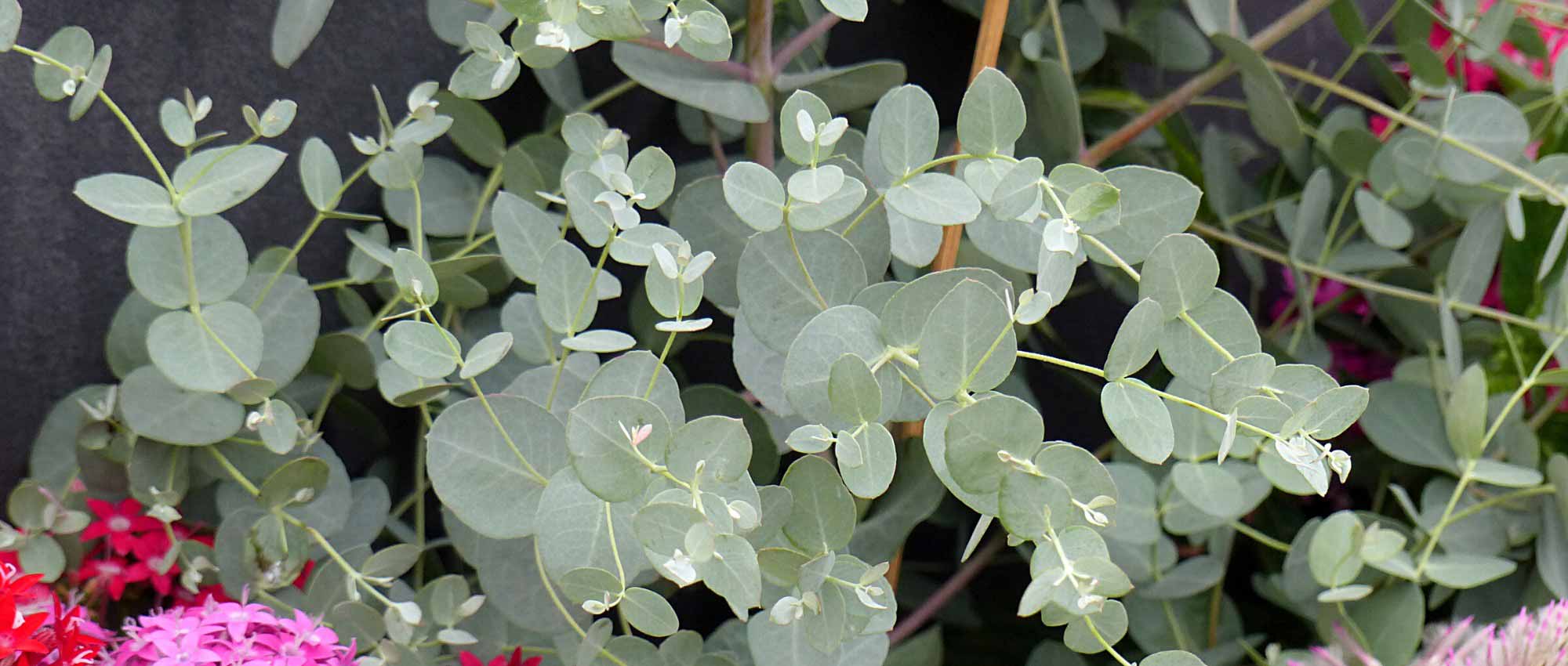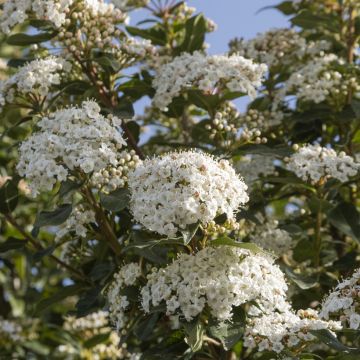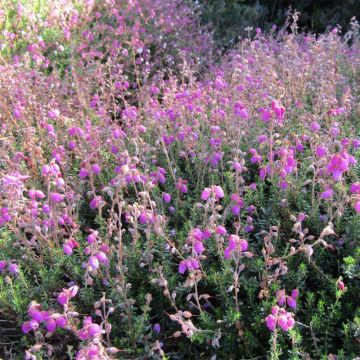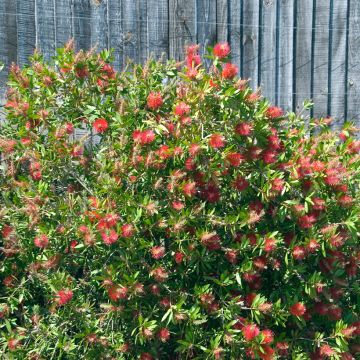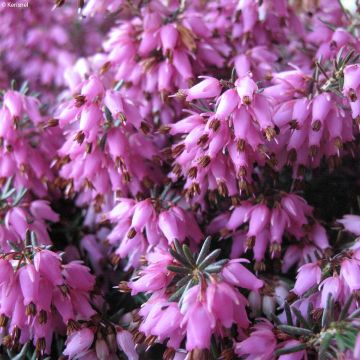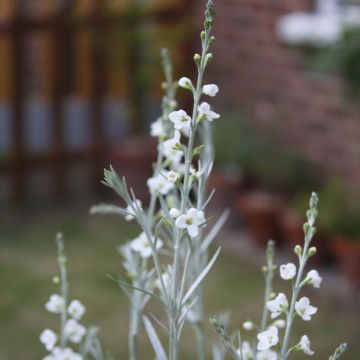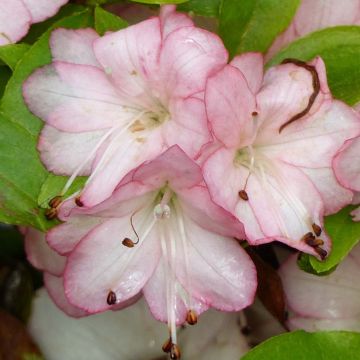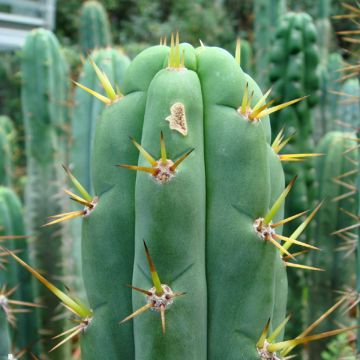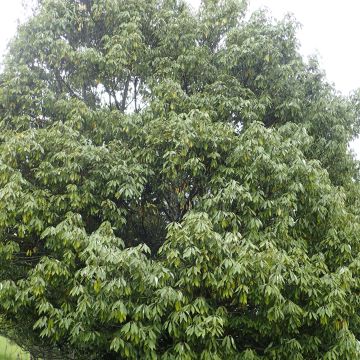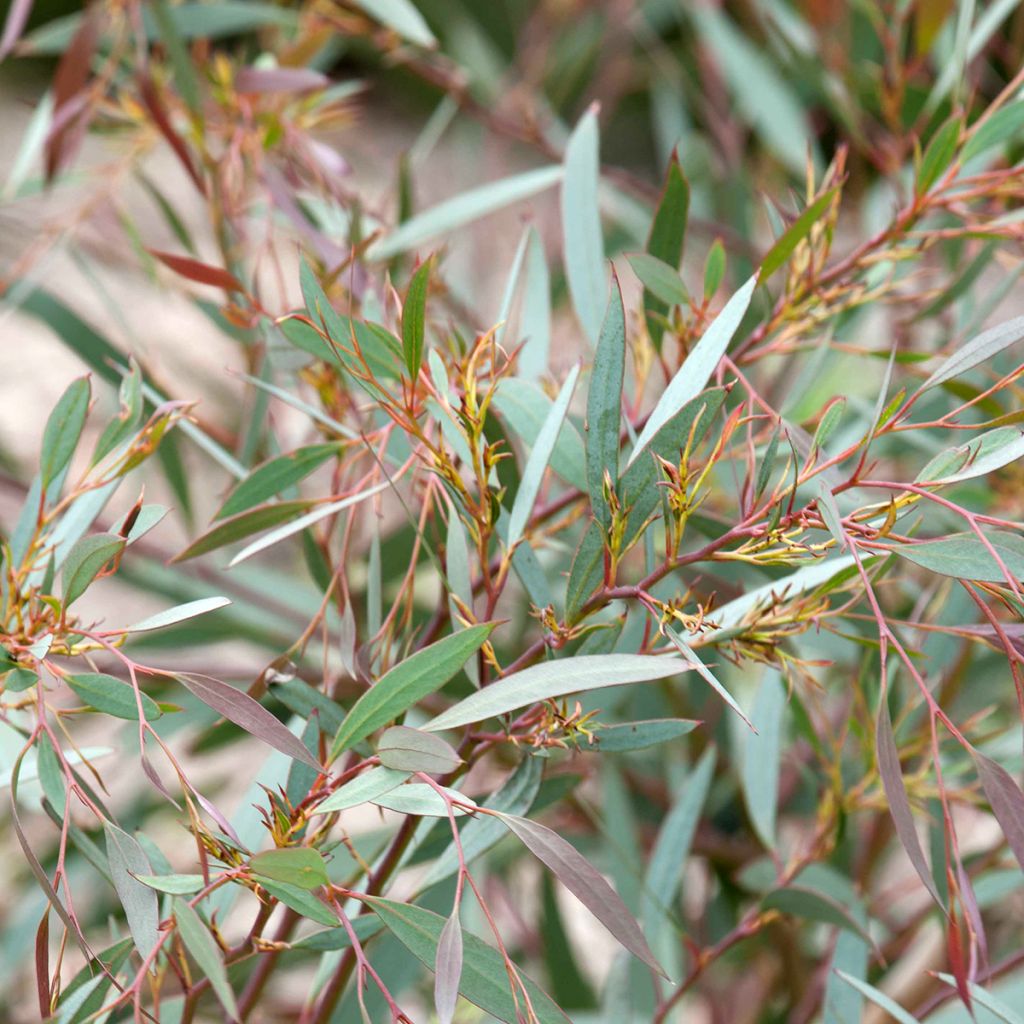

Eucalyptus mitchelliana
Eucalyptus mitchelliana
Eucalyptus mitchelliana
buffalo mallee
Delivered in June 2025. Received a very beautiful plant.
Brigitte, 10/07/2025
Special offer!
Receive a €20 voucher for any order over €90 (excluding delivery costs, credit notes, and plastic-free options)!
1- Add your favorite plants to your cart.
2- Once you have reached €90, confirm your order (you can even choose the delivery date!).
3- As soon as your order is shipped, you will receive an email containing your voucher code, valid for 3 months (90 days).
Your voucher is unique and can only be used once, for any order with a minimum value of €20, excluding delivery costs.
Can be combined with other current offers, non-divisible and non-refundable.
Home or relay delivery (depending on size and destination)
Schedule delivery date,
and select date in basket
This plant carries a 24 months recovery warranty
More information
We guarantee the quality of our plants for a full growing cycle, and will replace at our expense any plant that fails to recover under normal climatic and planting conditions.

Would this plant suit my garden?
Set up your Plantfit profile →
Description
Eucalyptus mitchelliana or Mount Buffalo Gum is a highly localised species from the southeast of Australia. Semi-weeping, it has a bushy habit and over time forms a small graceful tree with an open crown, whose pendulous leaves with a fruity scent are shiny green, with golden highlights. It flowers in cream-coloured pompons in the spring. Its smooth bark is pure white to cream grey and dark grey with olive green reflections. This variety, rare in cultivation, is acclimatable in most regions. It tolerates windy exposures and appreciates a cool climate in summer.
Eucalyptus mitchelliana is a highly localised endemic species on the plateau called Mount Buffalo in the northeast of the State of Victoria in Australia, where it is found on granite outcrops in open forests. Like all Eucalyptus, it belongs to the Myrtaceae family. It takes a little time to root, but quickly catches up with the fast growth of other Eucalyptus. It eventually forms a small elegant tree with an open crown measuring about 10 to 12 m (32 ft 10 in to 39 ft 5 in) in height and 5 m (16 ft 5 in) in spread, depending on the growing conditions. Its bark is smooth all over, white mixed with light grey or dark grey and olive green. The juvenile leaves are elliptical and blue-green, quickly becoming lanceolate or sickle-shaped. The adult leaves, pendulous, larger, finer and thicker, are more linear or remain lanceolate to crescent-shaped. They measure from 7 to 15 cm (2.8 to 5.9 in) long. They are uniformly shiny green with a purple petiole on young trees, blue-green on older trees. Seen from afar, the foliage has golden reflections. This foliage releases a typical Eucalyptus fragrance when crushed. The flowering spreads from November to May, depending on the climate and the years, usually February-March. The flowers are grouped by 3 at the leaf axil in white glomerules. This eucalyptus has a lignotuber (a swelling rich in starch) just below the surface of the soil. This organ allows it to grow again from the stump in case of severe frost, fire or severe pruning. Its small root system is less dangerous for buildings and competes less with other garden plants. And its vegetation only offers very light shade.
Eucalyptus mitchelliana is rare in cultivation but it can acclimatise in many regions. It is placed in isolation in a small garden, in a bushy group or as a windbreak or screen. This small tree brings a touch of exoticism to the garden, planted in a hedge with other relatively hardy exotic species such as erythrinas, Feijoa, some oleander ('Luteum Plenum', 'Provence', 'Atlas'), or even Olearia by the sea. It brings an elegant touch to the garden. Easy to maintain, it is hardy down to -13 to -16 °C (8.6 to 3.2 °F) once mature. It is easy to contain by pruning. Finally, it is an ornamental plant at all stages of its growth, young as well as adult. It is probably best to grow it in acidic to neutral, even shallow, soil, always well drained.
Eucalyptus mitchelliana in pictures
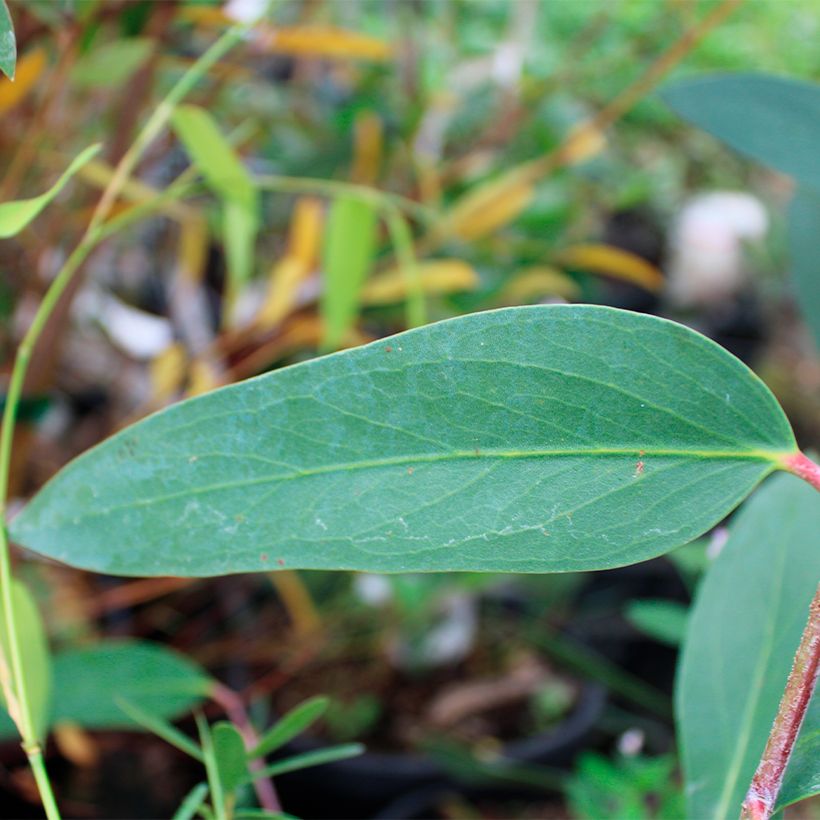

Plant habit
Flowering
Foliage
Botanical data
Eucalyptus
mitchelliana
Myrtaceae
buffalo mallee
Australia
Other Eucalyptus
View all →Planting and care
Eucalyptus mitchelliana is best planted at the beginning of autumn or at the start of spring, in well-prepared soil, not too dry to moist, in a very sunny situation, preferably in acid to neutral, well-drained soil. This mountain species does not like hot summers and dry lands very much. Water well at planting, then regularly the first year, especially in dry weather and if the summer is dry and hot. Then let nature take its course, the growth is very fast. There is no need for pruning, but the plant tolerates pruning very well after 3 or 4 years of cultivation. In March, you can cut back near to the ground to form a beautiful, thick bush, 2-3m (6 ft 7 in-9 ft 10 in) high.
Planting period
Intended location
Care
Planting & care advice
-
, onOrder confirmed
Reply from on Promesse de fleurs
Similar products
Haven't found what you were looking for?
Hardiness is the lowest winter temperature a plant can endure without suffering serious damage or even dying. However, hardiness is affected by location (a sheltered area, such as a patio), protection (winter cover) and soil type (hardiness is improved by well-drained soil).

Photo Sharing Terms & Conditions
In order to encourage gardeners to interact and share their experiences, Promesse de fleurs offers various media enabling content to be uploaded onto its Site - in particular via the ‘Photo sharing’ module.
The User agrees to refrain from:
- Posting any content that is illegal, prejudicial, insulting, racist, inciteful to hatred, revisionist, contrary to public decency, that infringes on privacy or on the privacy rights of third parties, in particular the publicity rights of persons and goods, intellectual property rights, or the right to privacy.
- Submitting content on behalf of a third party;
- Impersonate the identity of a third party and/or publish any personal information about a third party;
In general, the User undertakes to refrain from any unethical behaviour.
All Content (in particular text, comments, files, images, photos, videos, creative works, etc.), which may be subject to property or intellectual property rights, image or other private rights, shall remain the property of the User, subject to the limited rights granted by the terms of the licence granted by Promesse de fleurs as stated below. Users are at liberty to publish or not to publish such Content on the Site, notably via the ‘Photo Sharing’ facility, and accept that this Content shall be made public and freely accessible, notably on the Internet.
Users further acknowledge, undertake to have ,and guarantee that they hold all necessary rights and permissions to publish such material on the Site, in particular with regard to the legislation in force pertaining to any privacy, property, intellectual property, image, or contractual rights, or rights of any other nature. By publishing such Content on the Site, Users acknowledge accepting full liability as publishers of the Content within the meaning of the law, and grant Promesse de fleurs, free of charge, an inclusive, worldwide licence for the said Content for the entire duration of its publication, including all reproduction, representation, up/downloading, displaying, performing, transmission, and storage rights.
Users also grant permission for their name to be linked to the Content and accept that this link may not always be made available.
By engaging in posting material, Users consent to their Content becoming automatically accessible on the Internet, in particular on other sites and/or blogs and/or web pages of the Promesse de fleurs site, including in particular social pages and the Promesse de fleurs catalogue.
Users may secure the removal of entrusted content free of charge by issuing a simple request via our contact form.
The flowering period indicated on our website applies to countries and regions located in USDA zone 8 (France, the United Kingdom, Ireland, the Netherlands, etc.)
It will vary according to where you live:
- In zones 9 to 10 (Italy, Spain, Greece, etc.), flowering will occur about 2 to 4 weeks earlier.
- In zones 6 to 7 (Germany, Poland, Slovenia, and lower mountainous regions), flowering will be delayed by 2 to 3 weeks.
- In zone 5 (Central Europe, Scandinavia), blooming will be delayed by 3 to 5 weeks.
In temperate climates, pruning of spring-flowering shrubs (forsythia, spireas, etc.) should be done just after flowering.
Pruning of summer-flowering shrubs (Indian Lilac, Perovskia, etc.) can be done in winter or spring.
In cold regions as well as with frost-sensitive plants, avoid pruning too early when severe frosts may still occur.
The planting period indicated on our website applies to countries and regions located in USDA zone 8 (France, United Kingdom, Ireland, Netherlands).
It will vary according to where you live:
- In Mediterranean zones (Marseille, Madrid, Milan, etc.), autumn and winter are the best planting periods.
- In continental zones (Strasbourg, Munich, Vienna, etc.), delay planting by 2 to 3 weeks in spring and bring it forward by 2 to 4 weeks in autumn.
- In mountainous regions (the Alps, Pyrenees, Carpathians, etc.), it is best to plant in late spring (May-June) or late summer (August-September).
The harvesting period indicated on our website applies to countries and regions in USDA zone 8 (France, England, Ireland, the Netherlands).
In colder areas (Scandinavia, Poland, Austria...) fruit and vegetable harvests are likely to be delayed by 3-4 weeks.
In warmer areas (Italy, Spain, Greece, etc.), harvesting will probably take place earlier, depending on weather conditions.
The sowing periods indicated on our website apply to countries and regions within USDA Zone 8 (France, UK, Ireland, Netherlands).
In colder areas (Scandinavia, Poland, Austria...), delay any outdoor sowing by 3-4 weeks, or sow under glass.
In warmer climes (Italy, Spain, Greece, etc.), bring outdoor sowing forward by a few weeks.






























